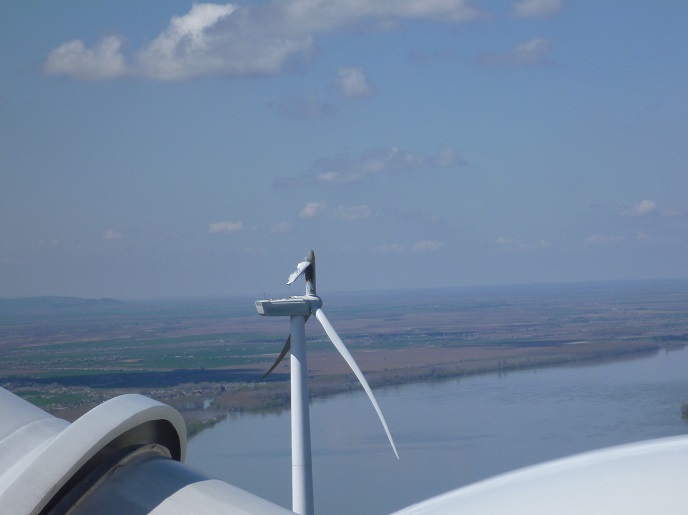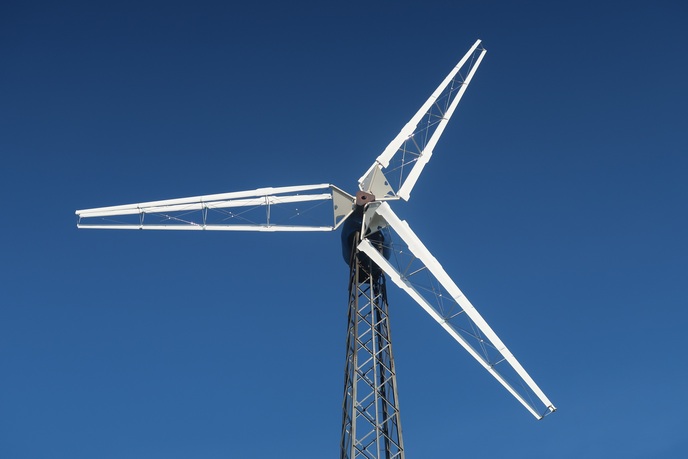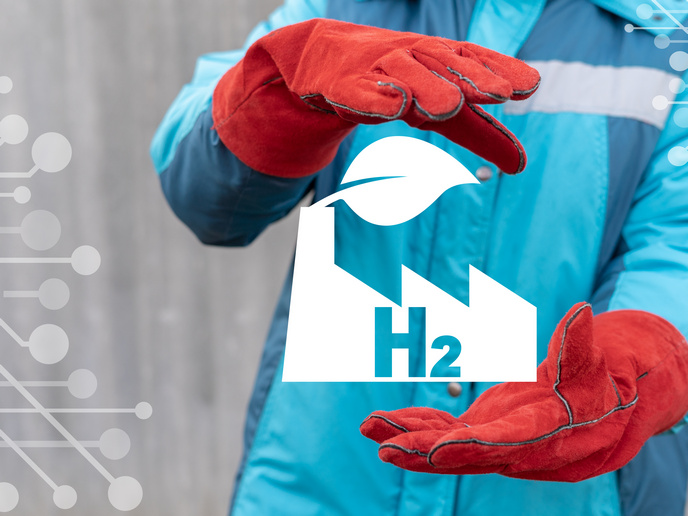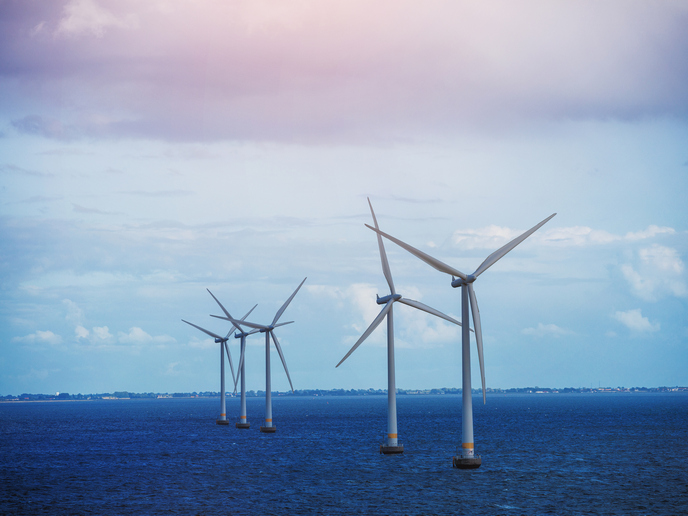The winds of change are bringing automation to turbine blade inspection
Converting wind’s kinetic energy to electricity is an economical, sustainable way to drive human progress, and Europe is leading the way. Last year alone, wind accounted for more than 40 % of all new power installations in Europe and now provides about 15 % of Europe’s electricity. Europe is also home to three of the five largest turbine manufacturers and has a combined global market share of 40 % of wind turbine sales. According to data based on reported insurance claims in the United States in 2012, approximately 4 in 10 insurance claims relate to blade damage. There is currently no technology on the market to catch defects before they become failures. All this is about to change thanks to EU funding of the BladeSave project and its embeddable structural health monitoring system for new and retrofit applications.
Large and powerful windmills: more to gain and more to lose
A lot has changed in the millennium since the earliest known clay and wood windmills were first used to process grain in Persia. Large, modern wind turbines can have blades over 50 m in length, with the world’s largest now longer than a football field, and the loads they bear can take a toll on composite blade integrity. Blade inspection and maintenance still rely on visual inspection to determine risks. Years can pass between inspections, increasing the possibility of development and propagation of a defect and even catastrophic failure in the meantime. Even if a defect is noted, increasingly smaller budgets for operations and repairs often lead the owner/operator to repair only the worst defects. Eventually, this may lead to replacement, rather than repair, and turbine downtime or replacement lead time can be 12 months or more. The BladeSave project has successfully addressed this problem.
High-tech windmills get the high-tech support they deserve
BladeSaveTM, a 24/7 structural health monitoring system with automated risk assessment and reporting, is a highly attractive alternative to archaic, costly and inefficient visual inspection. BladeSaveTM utilises fibre-optic sensors embedded in the composite blade’s internal surface. The fibre Bragg grating technology offers multiple sensing capabilities, including acoustic emissions. The sensors are automatically tuned to detect the signature frequencies associated with defect formation and propagation. BladeSaveTM’s onboard computer preprocesses the data and sends it via the cloud for further analysis and risk categorisation. A simple traffic light display on the user’s dashboard informs the end user of the current risk and provides recommendations for action. Project coordinator Benn Faulkner from Renewable Advice summarises the step change in capabilities: “BladeSaveTM correlates the acoustic emissions frequencies in the blades with specific fault types including matrix cracking, delamination and fibre breakages during operation. Automatic localisation of the defects expedites investigation and repair. A fatigue life-cycle evaluation supports improved evaluation of long-term operation and turbine life extension.” Faulkner notes that without EU support for the BladeSave project, the undertaking would have been deemed too risky by the consortium partners. Now, the system is near commercialisation and has been developed to be equally applicable for installation on new blades or retrofitted to existing ones. It will certainly come in handy as the EU looks to double wind energy capacity by 2030 compared to its 2016 contribution and use it to meet 30 % of the EU’s power demand.
Keywords
BladeSave, blade, turbine, structural health monitoring, blade inspection, sensors, acoustic emissions, wind energy, fibre Bragg grating







